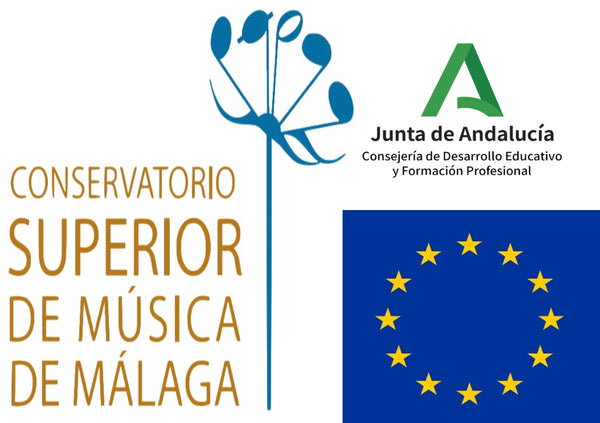January 26, 2020
The Royal Auriense-Mindoniense Academy has awarded D. Rubén Díez García, organ professor at our center, the "Manuel Iglesias Grande" Research Prize for the work "Rudesindus. Symphonic poem for organ. Baroque music, pictorial art and synesthesia" . The work is inspired by motifs from a 12th century Cantoral from the Celanova monastery, specifically those in the Morazarabic style. A neomodal and sometimes contemporary language is combined, designed for the baroque instrument with 2 keyboards and pedal, with a double façade that houses the Celanové monastery. A jewel from the 18th century, the work of Fray Felipe de la Peña and its box, the work of the artisan Castro Canseco. Rusedindus is presented as a musical composition with a preceding study that introduces and explains the characteristics of baroque music, rhetoric, oratory. Combining unique and very stylish aspects such as enigmas and hieroglyphics. Along with music, painting has the ability to plastically capture many of these baroque ideals and capture the attention of the viewer who contemplates a work of art. Thus, synesthesia, the ability to capture and see colors through music, is an evocative source of light and creativity. Authors such as Kandinsky, Paul Klee, Messiaen or Scriabin worked deeply in these terms, postulating fundamental concepts with modern elements throughout the 17th and 18th centuries. The composition is presented as an altarpiece, ten passages from the life of Rudesindus: birth of Saint Rosendo, miracle of the baptismal font, Abbot of Celanova, Tiento de Batalla, prediction of the death of Abbot Franquila, the mass of the Angels, vision of the death of Queen Aragonta, announcement of the death of Saint Rosendo, Coelestis Visio and Toccata Simile est regnum caelorum. The research work and composition will be published by the Xunta. Waiting to make a full recording of the work.
"CONGRATULATIONS"
